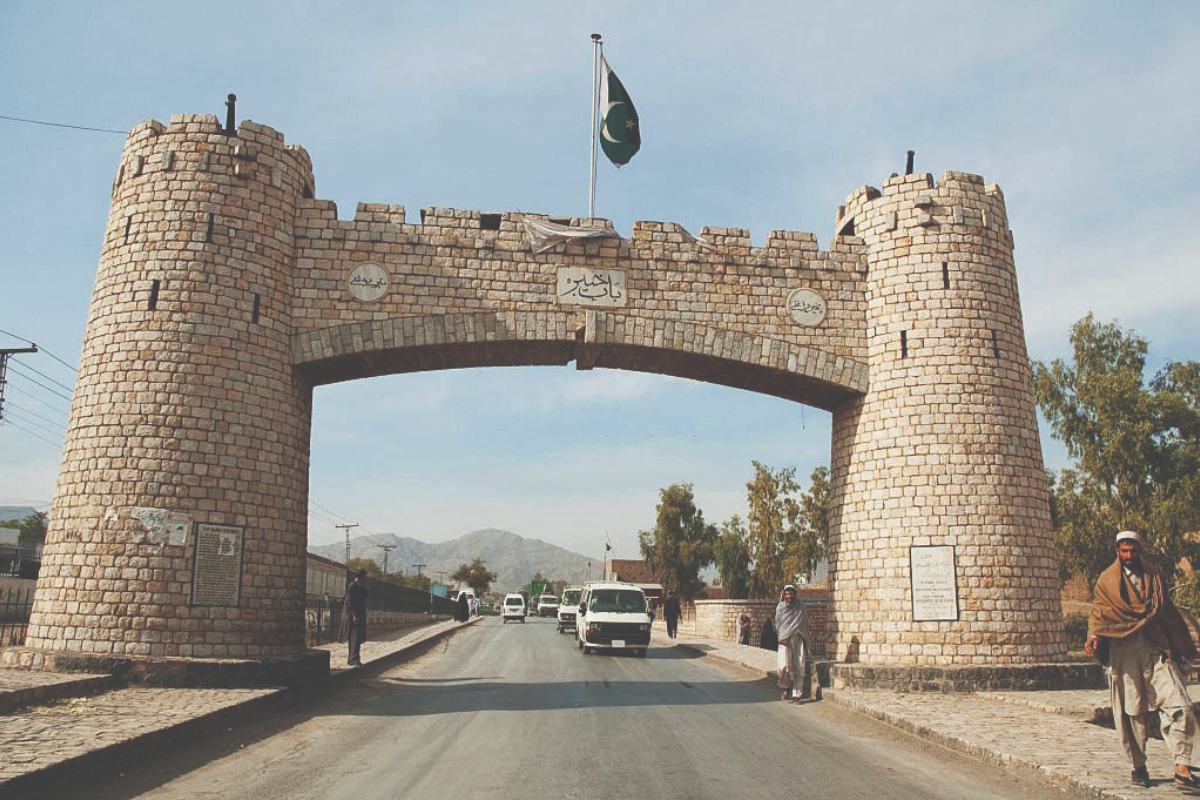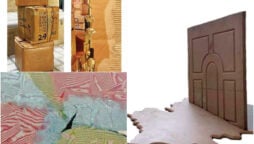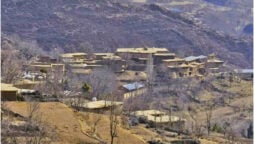
Preserving languages, protecting cultures
Book on origin of Khyber Pakhtunkhwa to promote indigenous literature
To preserve and promote the indigenous literature of Khyber Pakhtunkhwa (KP), the Pakistan Academy of Letters (PAL) has published a book on the origin and development of the province.
Talking to the media, the Chairman PAL, Dr Yousuf Khushk, said that the purpose of the book is to highlight the literary work of the regional languages of the KP.
He told the step would help those regional languages that are facing extinction due to insufficient publication of relevant literary work.
Throwing light on the publication, he said avid readers would love to dive into this book that has covered all the literary, critical and development aspects of major regional languages.
He added that the readers would love to know about the languages like Pashto, Hindko and Saraiki, which according to him had not been promoted since the inception of Pakistan.
Talking further, he said the book covered a detailed review of languages like Palula, Gojri, Shina and Kohistani that are spoken in remote areas of the country.
Talking about the steps taken for the preservation of the local literature, he said the public is less familiar with these languages and that is one reason why they are on the verge of extinction.
He explained that the KP province is the land of multi-linguistic dialects and a lot of quality literature was produced in the past.

The PAL chairman extended his gratitude to the authors and their teams that played their role in the compilation of the book besides highlighting multi-provincial languages through their work. Among the 72 languages spoken across Pakistan, Punjabi is the most widely spoken language followed by Pashtu (15 per cent), and Sindhi (14 per cent) respectively. In the KP, 26 languages are spoken which illustrates diversity.
According to UNESCO, at least 27 Pakistani languages are facing the threat of extinction and out of these 18 are the native languages of Khyber Pakhtunkhwa belonging to the newly merged Tribal District and Gilgit Baltistan.
Sharing his experience, Dr Izhar Ullah Izhar, Chairman of Urdu Department of Islamia Collage University Peshawar, says Pashto and Hindko are the two most widely spoken languages in the KP.
The other languages spoken in different regions of the province are Khowar, Gojri, Pahari, Wakhi, Kalami, Torwai, Kyrgyz, Palula, Lalkoti, and Seraiki.
He opined that when a language faces the danger of extinction, a nation’s culture, history, folklore and civilisation also start to vanish. Izhar said Pakistan has amazing linguistic diversity, but regretted that many languages are facing discrimination in the country.
He explained that the native language communities are small, and scattered, and termed this as the cause for lagging in the national language discourse in Pakistan.
Furthermore, he said the insurgency in the region also dealt a blow to these languages.
The linguistic expert highlighted that the only institution, Forum for Language Initiatives (FLI), which is researching the subject, has also been shifted from Peshawar to Islamabad due to security concerns.
Furthermore, he said that there is little or no awareness about the linguistic diversity of the province and other adjacent areas including Gilgit Baltistan (GB). He urged the provincial government to take steps for the preservation and promotion of lesser spoken languages of the Khyber Pakhtunkhwa.
He also urged the locals of the region to have their shops’ billboards prepared in the local language to promote less-spoken, regional languages across the province.
Earlier, the Pakistan Tehreek-e-Insaf government in Khyber Pakhtunkhwa took the initiative to announce that five languages would be taught in the schools throughout the province. These regional languages are Pashto, Hindko, Saraiki, Khowar and Kohistani, but the announcement remains a pipedream across the KP. However, the curriculum to teach smaller languages is available and is applied in many schools at the local level.
Pakistan is one of the few countries in the world that embodies an amazing linguistic diversity, but alarmingly, several languages in the country are on the verge of extinction and need proper government support.
Catch all the Breaking News Event and Latest News Updates on The BOL News
Download The BOL News App to get the Daily News Update & Live News.












 Read the complete story text.
Read the complete story text. Listen to audio of the story.
Listen to audio of the story.